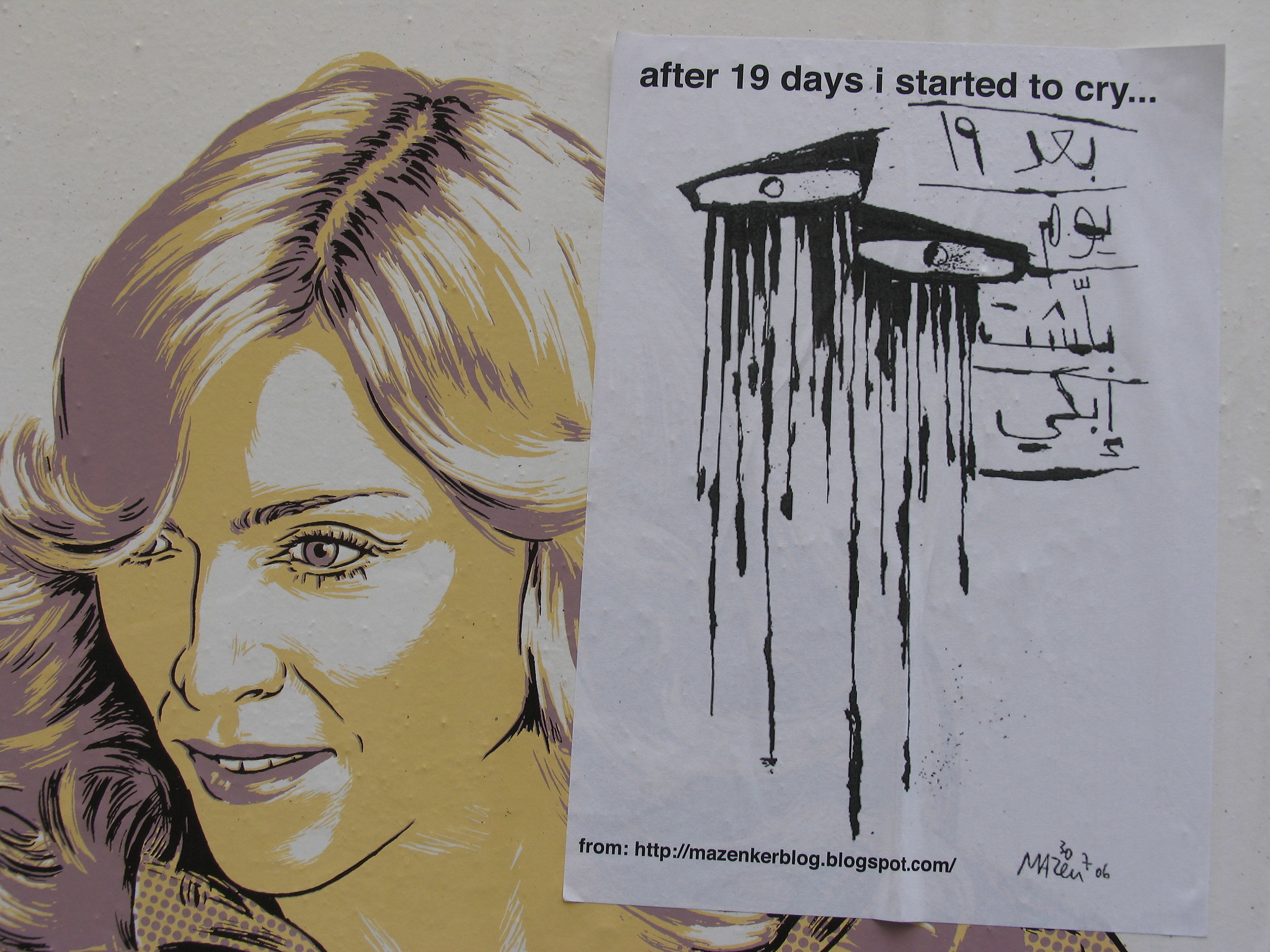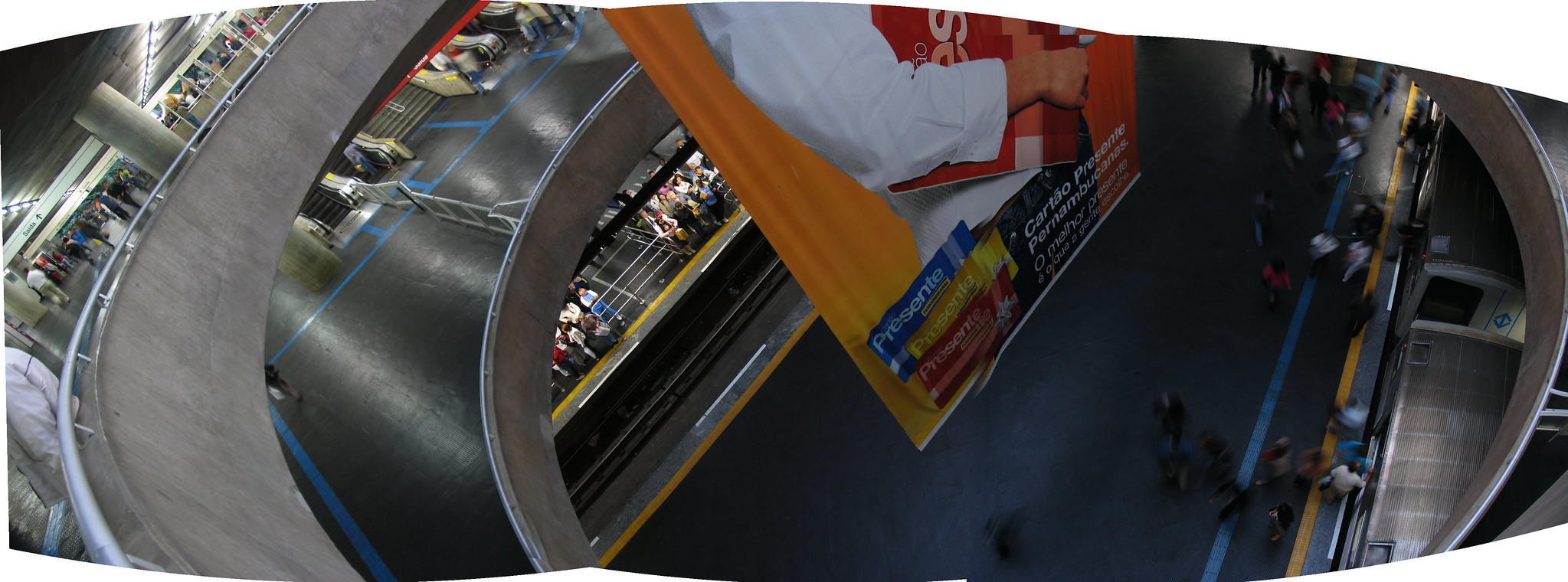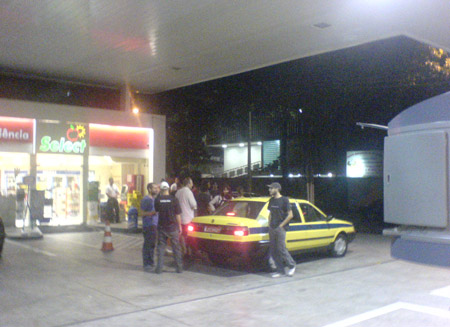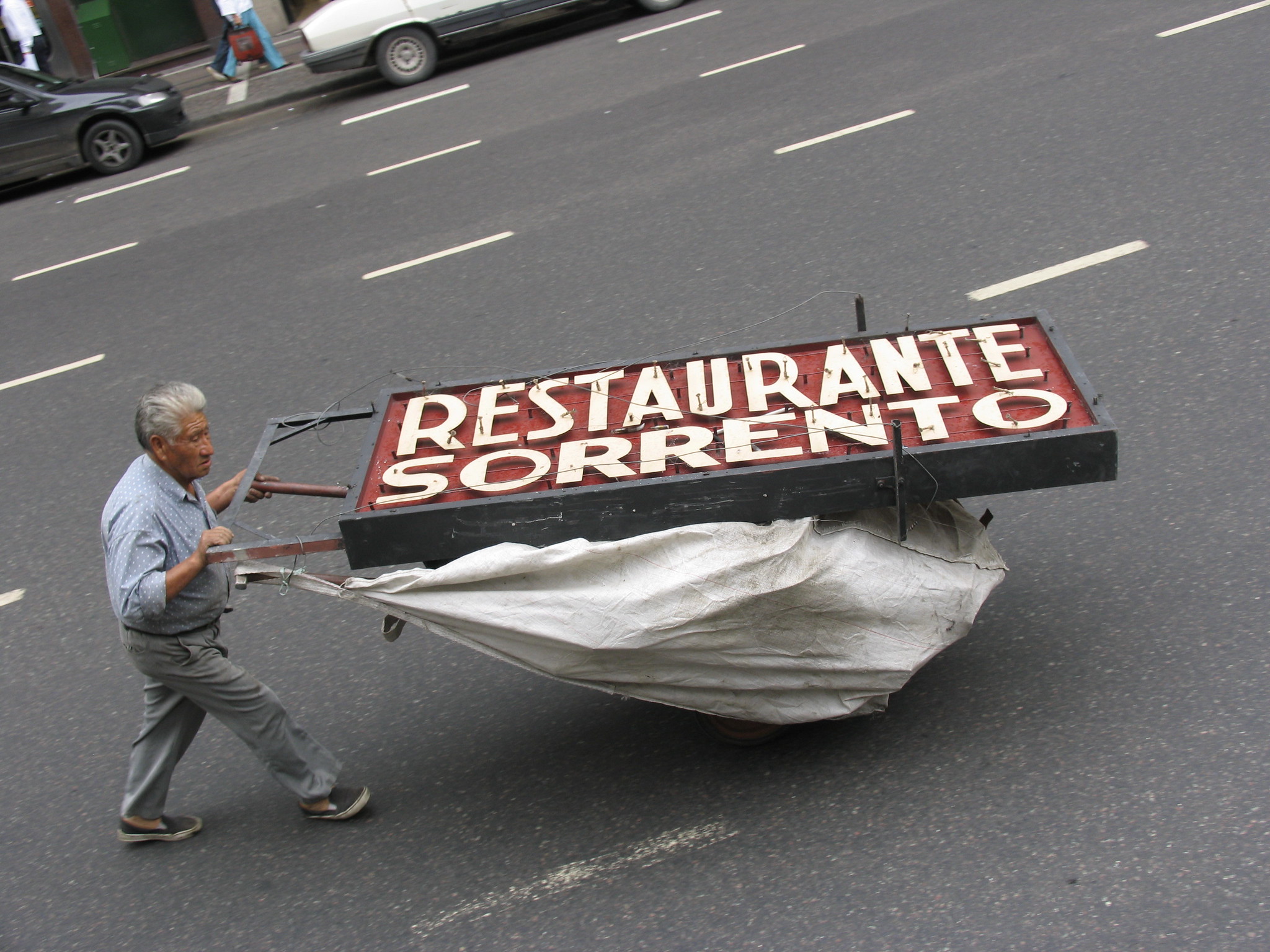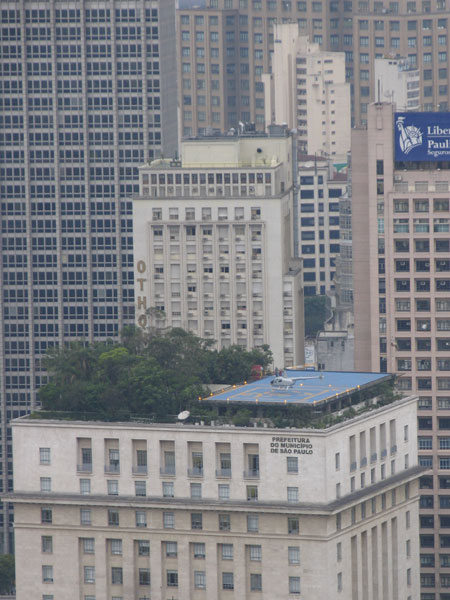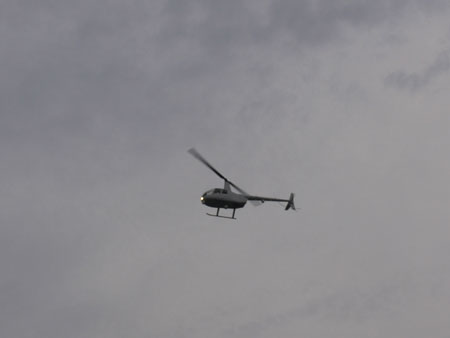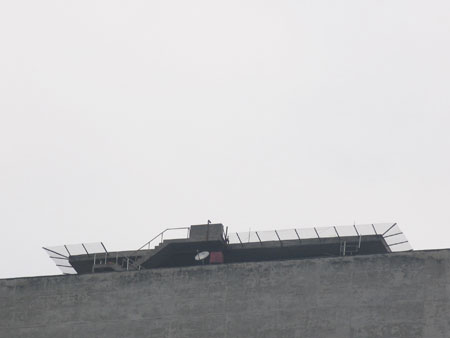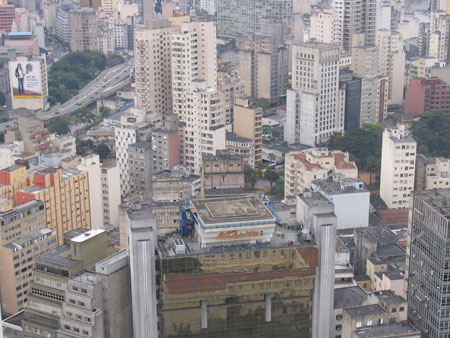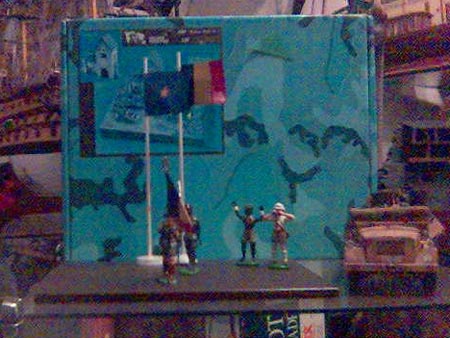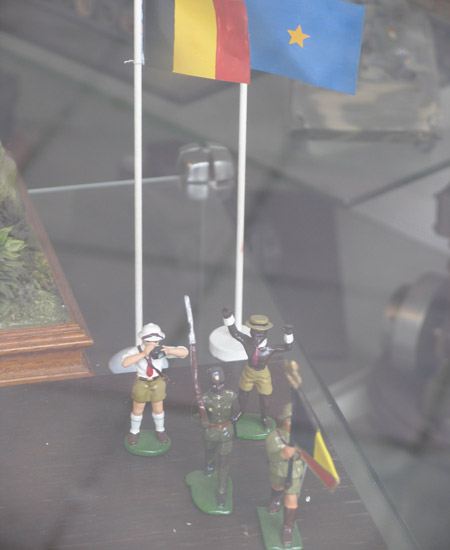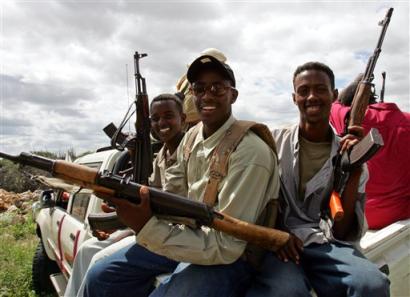Delhi metro
While not being as efficient as the São Paulo metro system (efficiency being rather absent from public services in india in general), the delhi metro system – which has been growing from one 5 station line to 3 lines with more than 40 stations in the last 3 years – is quite an experience as well:
First there are those constant recorded security reminders that are either unrivaled in their directness (‘do not touch abandoned objects as they might contain explosives’) or simply absurd (‘do not befriend strangers’). These messages are on more or less constant replay in all stations and trains and give the impression that the Delhi Metro Corporation is even more paranoid than the mindless, racist idiots that are running the British airports (but then they do not really hassle you when you take the metro in Delhi).
So unfortunately one has to bear these nonsense announcements in order to experience the wonderful experience of ‘Chawri Bazaar’ station: located smack under the middle of Delhi’s Old City this station embodies fractured modernity in its most tangible form. The metro station in all it’s stainless steel, polished stone, glass and RFID based turnstiles glory is extremly 21st century (if one manages to ignore the security guard with his 1920s winchester rifle, which definitely is the weapon of choice when engaging terrorists within a crowded subway station).
While even in other parts of the city these metro stations feel strangely detached from the rest of the city fabric, exiting Chawri Bazar station this sensation is almost overwhelming: The polished stone stairs take you in the middle of a busy intersection in the old city, where cycle rickshaws and push-carts represent the state of the art when it comes to transport, the sky is being covered by a multitude of telephone and electricity cables and the smell of countless open air food stalls is competing with the stench of garbage and excrement from the various live animals lingering around.

If you ever have the chance to visit Delhi make sure that you take the metro to Chawri Bazaar in the evening, then get into a cycle rickshaw and ask the riksahw wallah to take you to Karims to have a bit of mutton.

